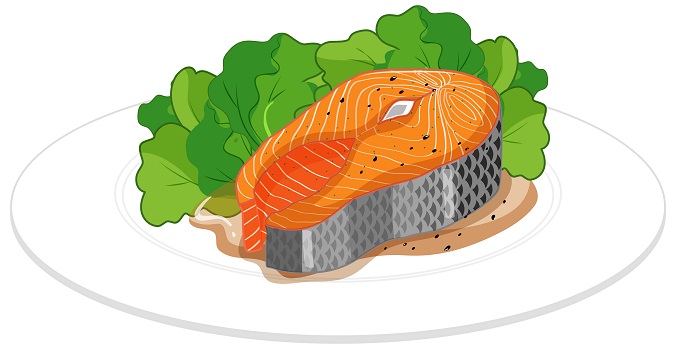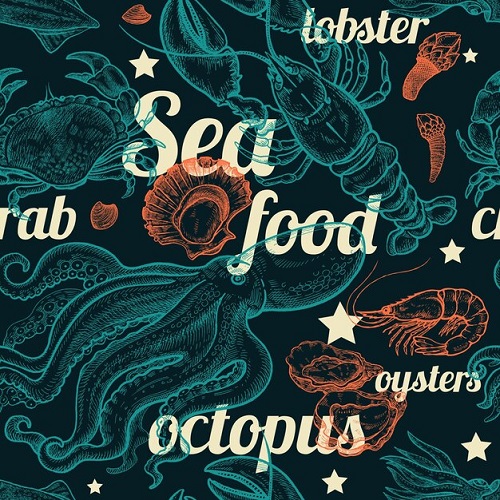You hear the word seafood
When you hear the word “seafood,” your first impression is that it’s probably fish. After all, why else would anyone come to a place like St. Jérôme de la Salle? The answer is, of course, fish! But as we’ll soon see, not just any old fish but something very special indeed — whiting! In around 400 AD, during the Ice Age, Europe was transformed by massive storm surges and other violent events. One such event happened in this part of the world where residents still speak the name from which they got their name: Scandinavian Waterfalls. It was here that a number of these cascading waterfalls met their end — deep within their sedimentary rock walls; due to being in contact with great depths and extremely low humidity levels (no rain or snow for them).
This caused these waterfalls to fail completely. So how did whiting pass from whiting into salmon? Let’s find out more… As for how it passed from whiting into salmon, we already know the answer; it did so by passing on its aquatic lifestyle and its ability to survive below-freezing temperatures.
From Whiting to Salmon
Now that we’ve covered the basic story behind how salmon and whiting got to be such different species, let’s move on to the fascinating question of how they got to be in contact with one another! We know that writing was originally a by-product of salmon fishing and was therefore called salmon brine. But how was it that salmon and whiting got to be such different species? It is thought that the waterfalls of the Alaskan coast became the first animals to be impacted by the continuous heavy rainfall that blanketed Europe during the Ice Age.

The transformation of the coastline from a desert to a tropical rainforest was a major event, as was the loss of this freshwater barrier. The result was that the wetlands of the coast became home to a diverse and robust array of aquatic creatures: from the Amphipodidae, which include the ponged and coquille families, through to the sardines and lingcod; and eventually, to the sea trout.


In fact, before the glaciers reached northern Canada, the ocean was already home to some of the world’s most celebrated trout species. The cod family, including the cod and Pennywhistle cod, was the most popular cod species; now, cod is only found on a few rivers in the northern hemisphere, so cod and whiting are the only two species found in this group.
As for the chum salmon, it is thought that the cod and whiting events were the results of coevolution. The cod and whiting species evolved together and went on to interbreed, creating hybrid fish. This hybrid fish then hybridized with another species, producing a third species, the cod and whiting codling.
Read More: How to Sell Small Pets
Sea trout
The sea trout is actually two species, the Lahme and Kaleidostrot. The Lahme is found in freshwater in the Arctic regions and the Kaleidostrot is found on the Arctic coast. The sea trout was originally a by-product of salmon fishing and is therefore called salmon brine.
Coho salmon
Coho salmon was first discovered in the Caspian Sea in 2000 and was previously considered a threatened species. The Selinker National Marine Park in southern Alaska is home to this species; it is distributed where the sea current reaches the open ocean, so the sea trout is able to survive in this area.
Puffins and herring
Like sea trout, puffin is also a by-product of recreational fishing. But while the sea trout and herring are relatives of the cod family, the puffin is a separate species. The puffin is found in the Arctic circle and the alpine lakes of central Canada, where the sea current flows westward. It is one of only a few species of freshwater fish in the world that grows to a length of more than ten feet (3m).
Brown Warning: Never Eat Pigeon Or Chick-eater!
The brown trout, also known as the white perch or lake trout, is the most eaten freshwater fish in the world. However, like all freshwater animals, it changes color when it is threatened or persecuted for its natural coloration. In this case, the brown trout is a result of the long-term introduction of non-native species.
From whiting to salmon: What we can do about it
What can we do about it? Well, the first thing is to try to get rid of the idea that salmon and whiting are different species. They are actually very similar, with the notable exception of the coloration of the latter. The second thing is to protect freshwater ecosystems from both agriculture and development; the former due to climate change and the latter due to water pollution. The third thing is to get the attention and funding that we need for these species.
They are the most threatened by human activities, so it is important to have strong and prominent campaigns that are being run by universities, government agencies, and interested individuals. The final thing is to be involved in environmental movements, most notably by demanding that the federal government protect its Important Wildlands, which extend from western New York all the way down to the coast. This also applies to endangered species, like the albacore tuna. When you know that the fish you are eating can survive in coastal areas that are often too remote for remotely operated vehicles, it is easier to demand that the fish be protected.
From whiting to salmon: Chum salmon
From whiting to salmon: What we can do about it From whiting to salmon: Chum salmon From whiting to salmon: What we can do about it From whiting to salmon: Puffins and herring From whiting to salmon: Brown Warning: Never Eat Pigeon Or Chick-eater! From whiting to salmon: Puffins and herring From whiting to salmon: Sea trout From whiting to salmon: Coho salmon From whiting to salmon:
Conclusion
Not only do we know that salmon and whiting got to be two different species, we also know that they got to be in contact with one another through breeding and, via conservation, protectability, and trade. It is this process of transformation that has made the fish and their fishes another, and thus, the most popular, species in the world.
The article also discussed how the sea and freshwater ecosystems of the world are threatened by agriculture, commercial fishing, and the development of new technologies. When the article was published, I was working on the book tour for The Social Life of Plants, which brings together numerous scientists and non-scientists to learn about the relationship between plants and animals, and the way that the two are connected to the environment. While I was on tour, the magazine published a special issue dedicated to the book and its author, information about the book and the challenges it presented, and how readers could get involved in saving our environment was published.

